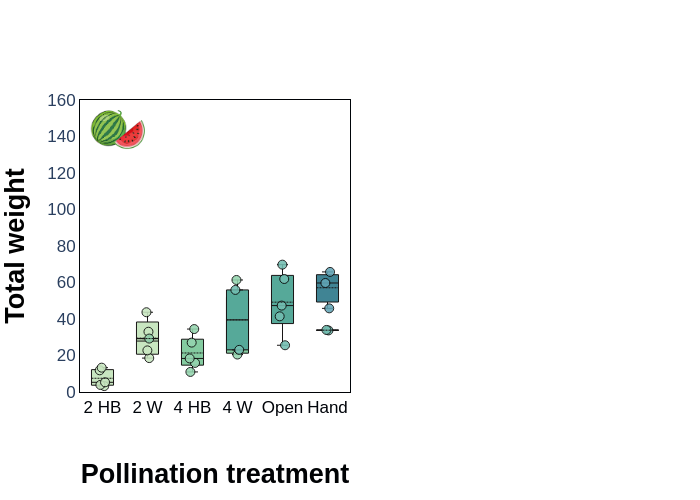Insect interactions in the agroecosystem
Onion thrips in conidia
Pests, Pollinators, and Pathogens.
We aim to build IPM programs that consider how insects interact with crop plants at plant and field levels. This includes negative interactions (transmission of plant pathogens) and positive interactions (pollination events).
► More than just a herbivore.
Two pathogens that significantly impact onion production include: Iris yellow spot virus (IYSV) (Bunyaviridae: Tospovirus) and Stemphylium leaf blight disease (Stemphylium vesicarium) (Pleosporaceae) and both interact with onion thrips.
Iris yellow spot virus (IYSV) is a significant viral pathogen of onion, which is principally vectored by onion thrips. The lesions and excessive dieback characteristic of this disease can reduce photosynthesis and cause significant yield losses (losses as high as 90% have been reported). IYSV epidemics in onion fields are common in New York; however, the role of various habitats contributing to viruliferous onion thrips populations and IYSV epidemics are unknown. In a 2 year study, we monitored four common habitats found in the onion agro-ecosystem (transplanted onion, direct-seeded onions, weedy areas, and onion cull piles) to determine which habitat accounted for the greatest number of viruliferous thrips.
Stemphylium leaf blight disease (SLB) (caused by Stemphylium vesicarium) is an emerging disease of importance in onion. SLB is caused by a fungal pathogen which colonizes onion leaves, which leads to excessive leaf dieback and eventually plant death. Thrips have been associated with a variety of plant pathogens, and their capacity to vector or worsen significant plant pathogens often rivals their role as defoliators. Onion thrips have previously shown to interact synergistically with other onion fungal pathogens, including Alternaria porri (Purple Bltoch), to exacerbate plant disease. However, the potential relationship between onion thrips and Stemphylium leaf blight is unknown. In a series of repeated laboratory studies, we have been testing the effect of thrips feeding on Stemphylium vesicarium incidence and colonization. Additionally, we have conducted trials to determine if thrips are capable of passively transferring S. vesicarium condiospores to healthy onion plants.
► Minding your bees.
Watermelon, like many specialty crops, is reliant on pollination for fruit set and fruit quality, but many agricultural practices can threaten the livelihood of bees (managed and wild alike). Often, wild bees are disproportionately impacted by these practices…even though honeybees still receive all the attention. (I’ll stop before I climb on my soapbox) But how much does wild bee pollination matter in watermelon? Turns out, its potentially a lot. We compared 6 different pollination intensity levels and how this intensity impacted fruit set in watermelon. Shown below are results from 2021.


